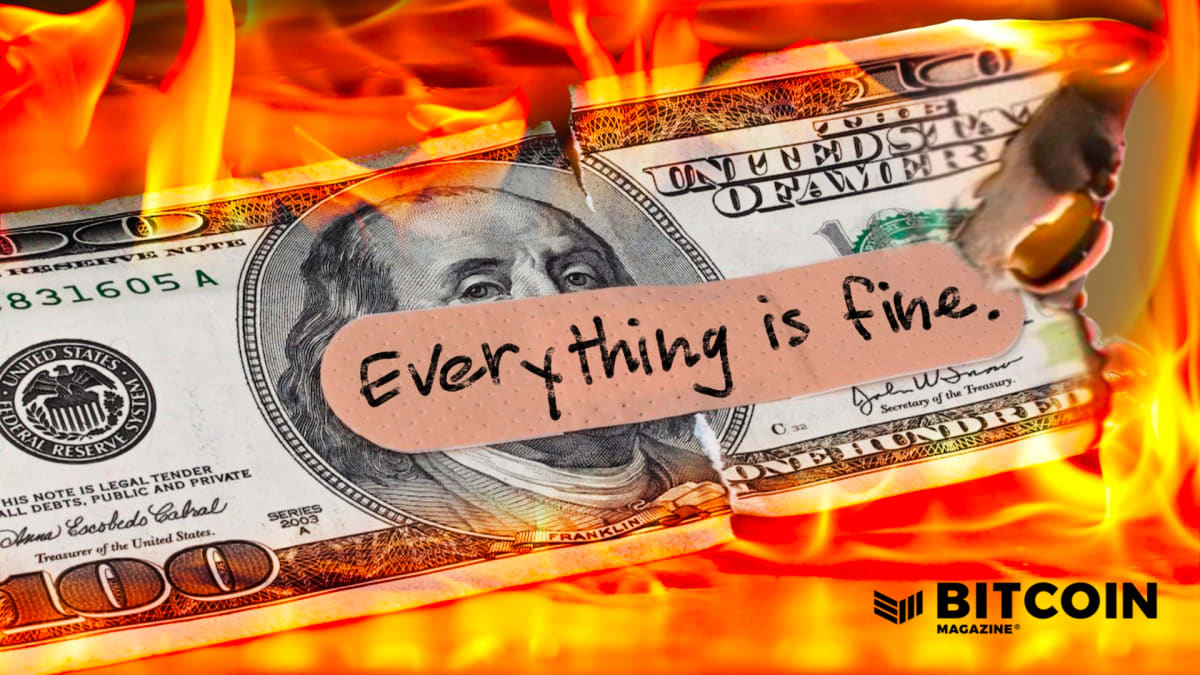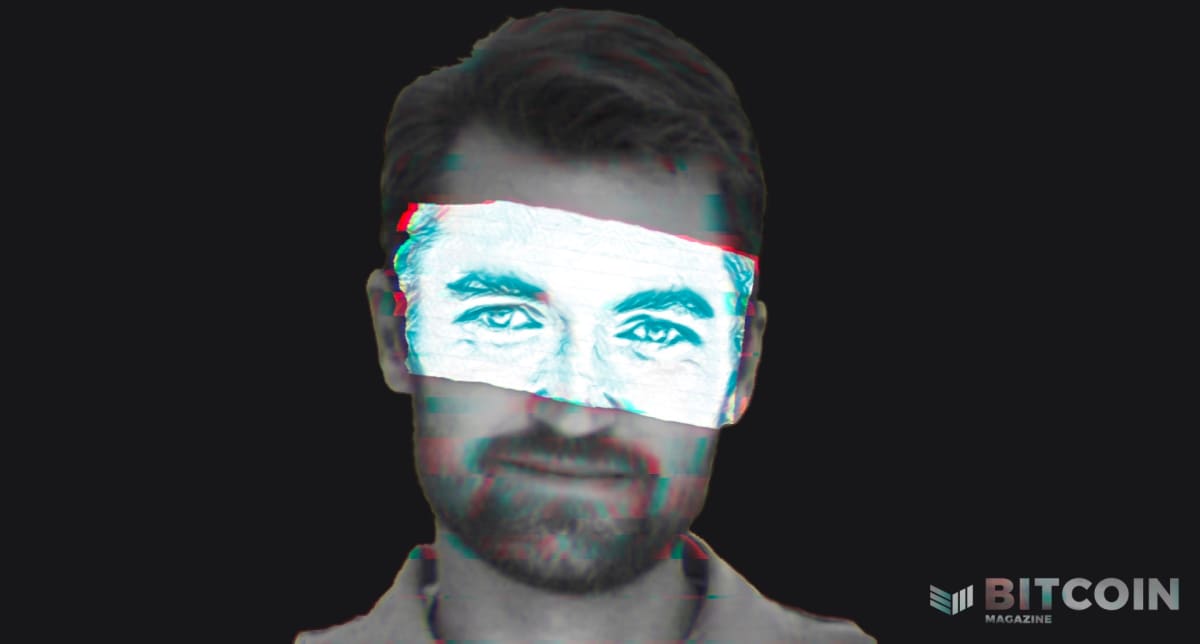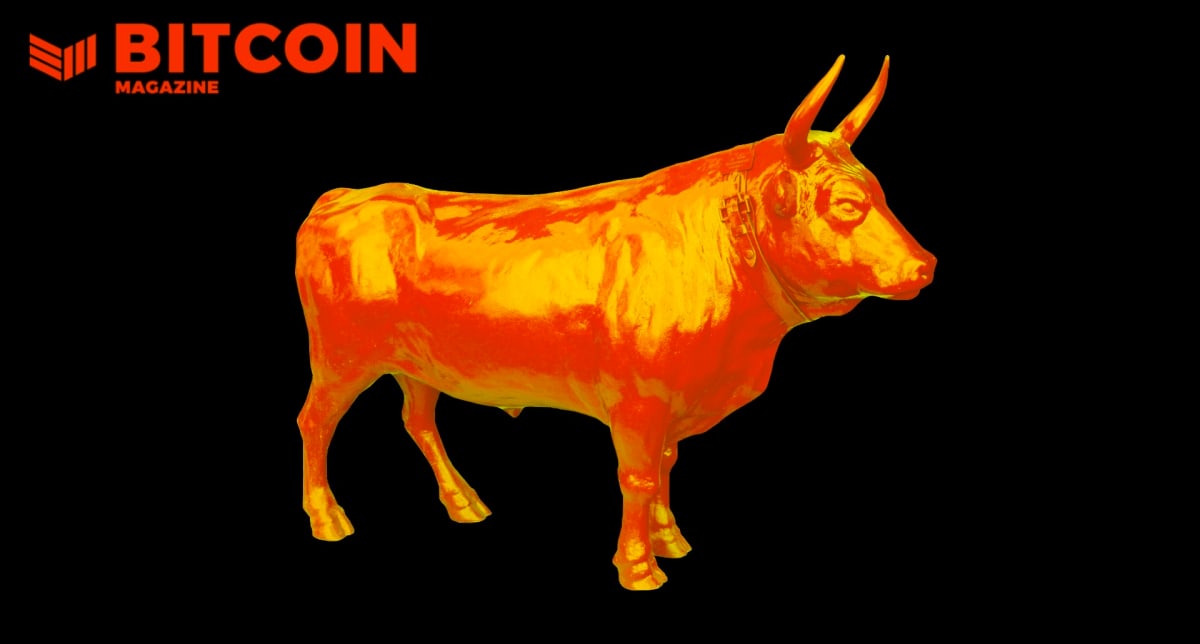Craig Wright’s Long-Running Satoshi Claim, Analyzed and Debunked
The below is an excerpt from a recent edition of Bitcoin Magazine Pro, Bitcoin Magazine’s premium markets newsletter. To be among the first to receive these insights and other on-chain bitcoin market analysis straight to your inbox, subscribe now.

After a lengthy legal dispute, London’s High Court of Justice has formally determined that Australian computer scientist Craig Wright is not Satoshi Nakamoto, the pseudonymous creator of Bitcoin.
One of the great mysteries of the Bitcoin community since its inception has been quite related to the inception itself: who is Satoshi Nakamoto? This pseudonym is all we have to go on for the identity of that developer or developers who created Bitcoin: writing its white paper, mining the Genesis Block, carrying out transactions, and correspondence with persons in the pre-Bitcoin cryptographic community. And yet, when Bitcoin began receiving the tiniest bits of recognition from the broader world, he formally relinquished any authority over Bitcoin as a project and vanished. In the years since, there have been many attempts to determine Satoshi’s identity, but nothing has borne fruit.
However, members of the community have not only tried to unmask Satoshi from an outsider’s perspective. There have additionally been efforts from various people to publicly claim that they, in fact, are the true creators of Bitcoin. A particular standout in this respect has been the software developer Craig Wright, who made this bold statement in 2016 and has faced years of ridicule from prominent members of the Bitcoin community. Although Wright has fought back against his detractors through litigious action, he has faced repeated defeats on this front. Still, the threat of libel suits has been an ongoing specter over media coverage of Wright’s 8-year claim, and many of his actions have gone underreported as a result.
Eventually, this stifling atmosphere led the Cryptocurrency Open Patent Alliance (COPA) to take a bold step in 2021 when it sued him in British courts to obtain a ruling over whether Wright has copyright ownership of Bitcoin’s white paper. This legal battle has not surfaced much in public discourse since this first filing, for understandable reasons, even as British courts ruled against Wright’s Satoshi claims in suits unrelated to COPA. Although settlement options were pitched by Wright’s legal team, ultimately COPA refused all of them, under the logic that such a settlement would require tacitly accepting his claim. If Craig Wright was only a fraud, after all, he would have no power to offer any concessions on the nature of Bitcoin’s ownership. After years of an apparent holding pattern, the trial began in February 2024.
A particularly noteworthy tactic used by Wright’s team “repeatedly” was that, if Wright was not truly Satoshi Nakamoto, then the real Satoshi would have to unmask himself to disprove the claim definitively. More than anything else, this particular claim has unearthed a large volume of interest in Satoshi’s true identity. For example, as the trial was approaching in January 2024, nearly $1 million worth of Bitcoin was transferred into Satoshi’s wallet from an anonymous source, arousing coverage from major media sites that Bitcoin’s creator might reveal himself. The hubbub from this event led to rampant speculation, as image macros began circulating claiming that characters from the two simplified Japanese scripts, katakana and hiragana, would be pronounced as “Satoshi Nakamoto” while resembling the English letters to the name of popular Satoshi candidate Hal Finney.
Even if Bitcoin was created by enthusiasts in the codebreaking and cryptography scene, this claim is somewhat dubious, as it would require mixing and matching two different Japanese scripts in a haphazard manner. For example, the syllable “to” in Satoshi is a different alphabet than the same syllable in Nakamoto, and there seems to be no steady rule for when these two writing systems alternate. Still, Hal Finney has been dead since 2014, which would explain why Satoshi has remained silent as Bitcoin blossomed to the extreme extent it has in the last ten years.

If nothing else, renewed speculation of this nature was a clear sign that the trial had captured Bitcoiners’ collective imagination on the subject. It was a major point of interest then, when multiple early developers and Bitcoin collaborators began submitting private correspondence with Satoshi into the public record to be used as evidence. Adam Back, developer of the 90s “Hashcash” protocol that directly inspired Bitcoin’s mining algorithm, revealed a brief email correspondence initiated by Satoshi where the two discussed Hashcash’s relevance to Bitcoin. Early collaborator Martii “Sirius” Malmi, on the other hand, released a much larger tranche of emails on a broad range of looser topics, totaling 120 pages in all. These emails gave new insight into the personality of Bitcoin’s creator and likely would never have surfaced without the criminal proceedings.
In any event, as soon as the proceedings had concluded, Justice James Mallor cited the “overwhelming evidence” as he made an immediate ruling against Wright’s claims. COPA released some of the evidence against Wright independently, including the particularly damning accusation that Wright has used ChatGPT to forge documents “on an industrial scale.” Their legal team accused Wright of a “massive campaign of dishonesty and forgery” that “stray[ed] into farce,” going so far as to claim that Wright was actively fabricating new documents during the course of the five-week trial. Mallor claimed he would give a more detailed account of his reasons at a later date, but the actual verdict is clear: Craig Wright is not Satoshi, is not the author of the white paper, and did not create Bitcoin or its software.
The importance of this ruling is clear for two main reasons: not only does it prevent Wright from continuing his years-long practice of initiating defamation lawsuits against individuals and media outlets that deny his Satoshi claim, it also prevents him from suing developers on the basis of copyright infringement. This “chilling effect” on active Bitcoin developers is a major reason why COPA decided to take on this battle. If nothing else, a firm legal precedent will make it substantially easier to dismiss similar claims in the future. COPA has filed a purely civil suit against Wright, which is unlikely to lead to any sort of direct monetary reparation and certainly will not result in incarceration. Still, the full written judgment has yet to be released.
Craig Wright’s extended campaign to prove that he is the true Satoshi Nakamoto has turned into one of the long-running features of the Bitcoin space, even as he spent long periods of time under the radar. Around half of Bitcoin’s entire lifespan has included Wright as a figure, resurfacing from time to time to aggressively defend his “reputation and intellectual property” as the true genius behind Bitcoin. It’s anyone’s guess as to how the man, personally, will take this new defeat in his mission. Will he quietly retire from the scene? Will he continue seeking other legal battles on the subject in different jurisdictions? Will the British legal system somehow censure him over this behavior?
It’s unclear whether or not we can definitively close the book on Craig Wright after this defeat. Still, it’s important to consider how the whole affair has sparked interest in Bitcoin’s origins. Bitcoin has grown to an unimaginable degree since Satoshi Nakamoto first disappeared, and the question of his true identity may seem totally sidelined next to the billions of inflows for the new Bitcoin ETFs or other decidedly 2024 market factors. The early days of Bitcoin still clearly hold sway over our community, however, and this trial has created an opportunity for enthusiasts to scrutinize and debate a wealth of new material from Satoshi.
The question, then, is less “who is Satoshi Nakamoto” and more “where did Bitcoin come from”? Understanding Bitcoin’s humble origins is very important for understanding its bright future, after all. Even if the world of Bitcoin has been irrevocably transformed by new acceptance from the financial establishment, there are still fundamentals to remember. Bitcoin will always be decentralized, and it will always be a currency. Our goals are not merely to make speculative investments and gain fiat currency, but to radically upset the world of fiat altogether. As long as we can keep our eye on the ball, there’s no telling how far Bitcoin can progress.









